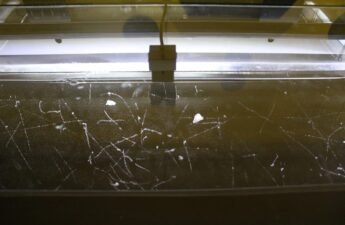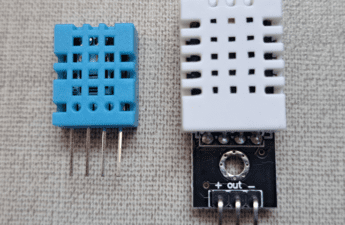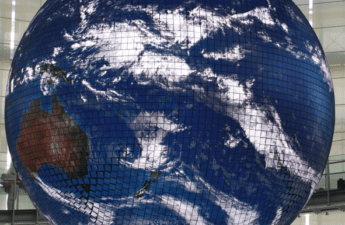El Niño and La Niña are climatic phenomena with opposite features. The description and influence in climate are shown in this post.
Normal conditions
Without the presence of these two phenomena, trade winds, caused by a pressure difference between Equator and subtropical zone, blow from Southeast to Northwest in Southern Hemisphere.

In Pacific Ocean, trade winds close to South America’s west coast go in northwest direction to the low-pressure area in Oceania. Close to Equator is warmer, air goes up and it’s cooled, causing rains in low-pressure zone. Then, the cooled air gets denser and returns to high-pressure zone forming a Walker Circulation Cell.
In the underwater, upwelling occurs, cold water rich in nutrients rises to the surface, attracting fishes. This phenomenon is caused by trade winds, pushing surface water, and Earth’s rotation. Appear a mass of cold water in a high-pressure area and a mass of warm water on the opposite side.
El Niño
With El Niño, trade winds get weaker because the pressure is reduced, warm waters advance in the direction to South America. Oceania becomes a zone with higher pressure than South America’s west coast. This region has an increase in rainfalls and there isn’t upwelling. Therefore, there is a fish reduction in the East Pacific. Walker circulation changes direction.
The average water temperature may vary between 0.5ºC and 3ºC. El Niño occurs at intervals from 2 to 7 years. Not yet known the cause of this phenomenon.
Consequences
These maps show the impacts of El Niño on the global climate. Wet areas have an increase of rainfall.

La Niña
In La Niña, trade winds get stronger than normal, upwelling increases, and cold waters advance in the west direction. Accumulation of hot waters in Equatorial West Pacific causes an increase of rains higher than normal.
Average temperature variation is between -0.5ºC and -2ºC. Occurs in intervals that vary between 2 and 7 years.
Consequences
The figure below shows climatic alterations caused by La Niña.

Records
Below are shown the years where occurred both phenomena, exhibiting variations of temperature and duration. Click on the figure to zoom it in.




